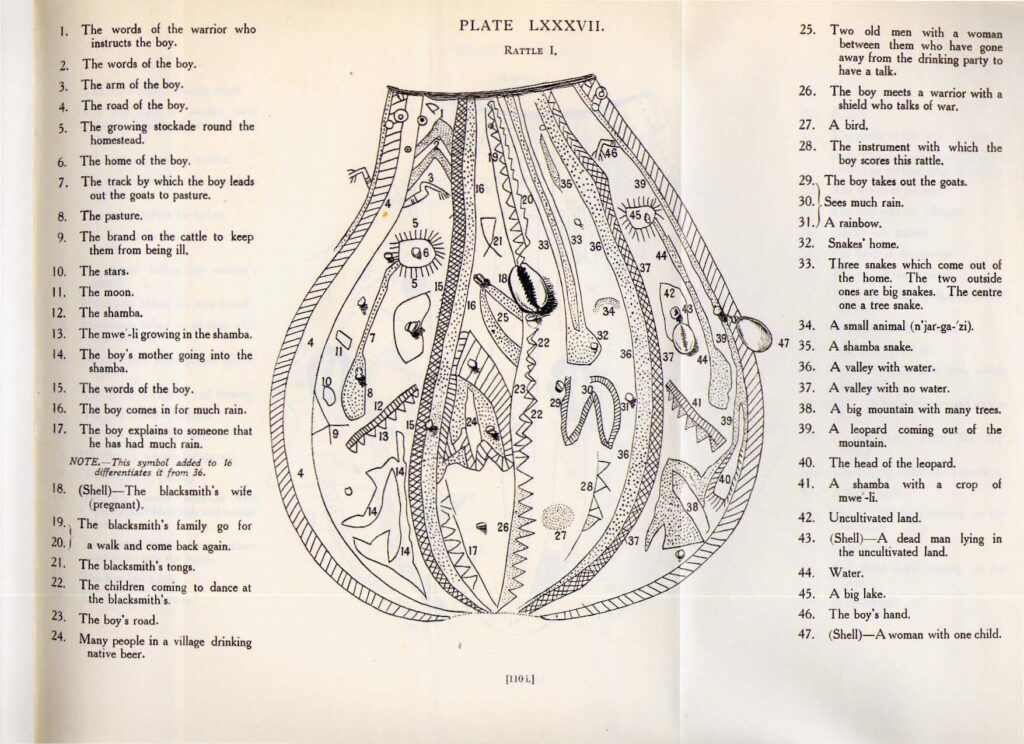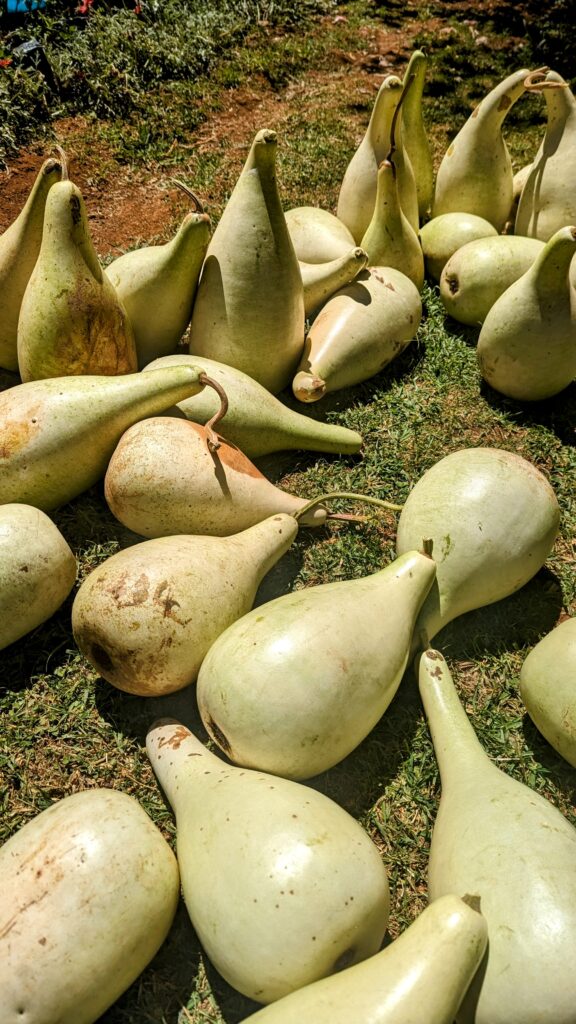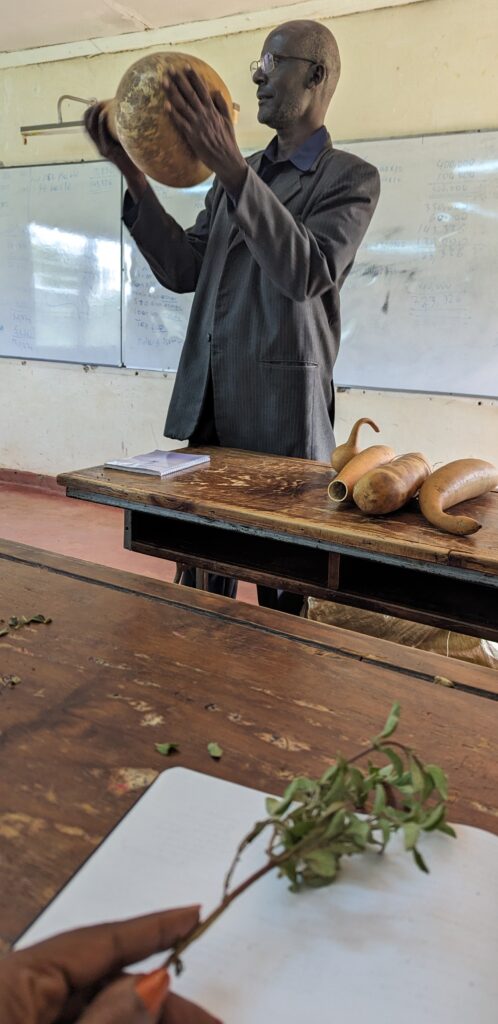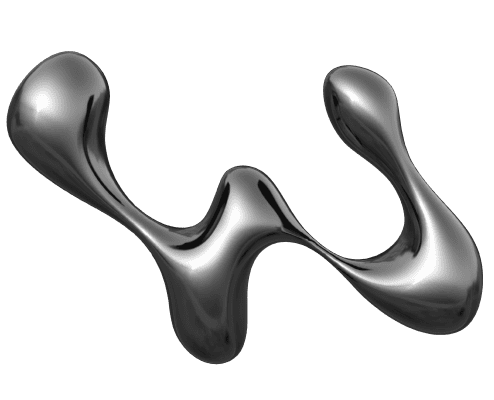The Calabash as a Model for African UX Design Principles

In the evolving field of User Experience design, African design philosophies offer a rich and untapped reservoir of inspiration. One of the most powerful artifacts that encapsulates African design principles is the calabash (or gourd). A naturally occurring vessel, the calabash is a perfect example of a material that has been seamlessly integrated into African life for centuries. It is not only a practical object but also a technological innovation in food preservation, a spiritual and cosmological symbol, and a storytelling device passed down through generations of women. Its ability to store, preserve, and enhance food—like Mursik (fermented milk)—demonstrates how natural materials have led to technological advancements, shaping both tangible and intangible aspects of African cultures. Its form, utility, adaptability, and cultural relevance provide a compelling model for UX designers seeking to craft products that are intuitive, inclusive, and deeply connected to their users’ needs and digital life.
A calabash is a traditional magic pot that represents the cosmic womb. Inside it, we add ingredients to direct our intentions to that which we want to “birth to life.”

The Role of Mursik and the Calabash in Cultural Identity
One of the most significant uses of the calabash in African traditions is in the preparation and storage of Mursik, a traditional fermented milk variant of the Kalenjin people of Kenya. Mursik is made from cow or goat milk and is fermented in a specially made calabash gourd, locally known as a sotet. The gourd is lined with soot from specific trees, such as the African senna, which adds flavor to the milk.
Beyond its nutritional value, Mursik has deep cultural significance. It is commonly consumed in the Rift Valley region and has become synonymous with Kenyan athletics, with many celebrated Kenyan athletes partaking in it upon their return from international competitions. Additionally, Mursik plays a role in important cultural ceremonies, such as dowry negotiations, where drinking it symbolizes agreement and unity.
The preparation of Mursik involves a meticulous process that reflects key design principles relevant to UX design. The gourd is prepared with smoked charcoal to enhance preservation and impart flavor, much like how UX designers optimize digital environments for long-term engagement. The fermentation process ensures longevity and usability—principles directly applicable to creating sustainable, long-lasting digital experiences. Just as the gourd is adapted over time to meet the needs of its users, UX design should evolve to enhance user interaction and satisfaction.

Different Types of Calabashes and Their Meaning
In Kalenjin culture, there are various types of calabashes, each serving a unique purpose:
- Kipsegerit – A large calabash used to store around 15 liters of milk.
- Mososiot – A slender, figure-eight-shaped calabash used to serve milk to husbands or important guests.
- Mait kok – A calabash used by bachelors and children, also given to women who have refused to marry.
- Abanget – A wide-mouthed calabash primarily used for storing Mursik.
- Kimusarit – A calabash for feeding children, handled with less care and reverence.
- Kebuchet – A calabash used for feeding animals, requiring occasional cleaning to prevent disease.
- Kipropchet – A deliberately cut calabash, merged later using kipsotiet, serving a special purpose.
The taste of milk depends on how the gourd was designed and sustained. Different calabashes are designed based on cultural hierarchy and purpose, similar to how UX designers create tailored digital experiences for diverse user needs.
Applying the Calabash Model to UX Design
Understanding UX Design and Its Role in Innovation
User Experience (UX) design is the practice of enhancing user satisfaction by improving the usability, accessibility, and interaction between users and digital products. UX design is crucial in innovation because it focuses on creating solutions that are intuitive, efficient, and tailored to the needs of diverse users. In today’s digital landscape, successful UX design incorporates human-centered thinking, ensuring that technology enhances everyday experiences rather than complicating them.

Observations from the Calabash Design
The calabash demonstrates fundamental design principles that can be applied to UX design:
- Responding to Nature: The calabash is a naturally occurring vessel, reinforcing the importance of using resources wisely and designing in harmony with the environment.
- Material Intelligence: The calabash is shaped and refined by artisans who understand the material’s strengths, demonstrating how designers can maximize the potential of digital tools.
- Material as Beauty: Beyond functionality, the calabash is appreciated for its aesthetic qualities, reminding UX designers to balance usability with visual appeal.
- Functional Ornament: Decorations on calabashes are not just for beauty; they carry cultural meaning and functionality, mirroring how digital interfaces should blend aesthetics with usability.
- Visual Composition and Harmony: Calabashes are carefully designed for balance and proportion, a principle essential in crafting intuitive and engaging digital experiences.
- Harmony of Art, Craft, and Design Without Compromising Functionality: The calabash integrates artistic expression with utility, a model for UX designers striving to create visually stunning yet highly functional interfaces.
Designing for Adaptability and Sustainability
The calabash’s perfection in material intelligence highlights the importance of designing for adaptability. In UX design, this translates into creating products that are:
- Sustainable: Reducing digital waste by focusing on long-term usability rather than short-term trends.
- Flexible: Designing for different devices, users, and evolving technologies.
- User-Centered: Ensuring that interfaces are intuitive, accessible, and adaptable to diverse needs.
By embracing these principles, UX designers can reduce the environmental impact of digital products, focus on efficiency, and create experiences that remain relevant over time.
The Calabash as a Multi-Functional Object and Vessel of Memory
The Importance of Digital Preservation and the Problem of Digital Memory

As digital technology evolves, one of the greatest challenges we face is ensuring the longevity and accessibility of cultural knowledge. Digital memory is fragile—files become obsolete, storage formats change, and platforms disappear. Unlike physical artifacts like the calabash, which have endured for centuries, digital content is at constant risk of erasure.
A “calabash approach” to digital cultural storage emphasizes sustainability, adaptability, and accessibility. This approach calls for the development of resilient digital archives that incorporate metadata-rich storage, culturally relevant UI design, and community-driven preservation initiatives. By designing digital spaces that function like calabashes—storing, protecting, and transmitting knowledge across generations—we can safeguard cultural heritage in meaningful and interactive ways.
The Calabash as a Multi-Functional Object and Vessel of Memory
Calabashes are more than just storage vessels; they carry deep cultural significance. Used in significant ceremonies and passed down through generations, they teach us how objects can preserve memory and cultural identity. Through decorative techniques such as beading, leatherwork, and engraving, calabashes become vessels of personal and communal histories.
Similarly, UX design can integrate elements of storytelling and memory preservation. By embedding meaningful cultural symbols and interactions into digital interfaces, designers can create experiences that are rich in heritage and deeply connected to users’ identities. Digital archives, culturally relevant UI patterns, and localized design elements can transform digital products into spaces where cultural narratives are stored and honored.
By embracing the calabash as a metaphor for digital preservation, UX designers can create digital tools that support intergenerational knowledge transfer, ensuring that cultural identity remains intact in the digital age.
Conclusion
The calabash is more than an artifact—it is a design philosophy. It embodies the principles of adaptability, functionality, sustainability, community, and storytelling. As African UX designers seek to create more culturally relevant and user-centered experiences, looking to indigenous design frameworks like the calabash can offer powerful insights. By embracing these principles, we can create UX solutions that are not only effective but also deeply connected to the lived realities and aspirations of African users.
Sources:
Atlas Obscura. Mursik: Kenyan Fermented Milk. Atlas Obscura, https://www.atlasobscura.com/foods/mursik-kenyan-fermented-milk. Accessed 5 Mar. 2025.
Kenya News. Mursik: The Energy Drink Valued by Athletes. Kenya News Agency, https://www.kenyanews.go.ke/mursik-the-energy-drink-valued-by-athletes. Accessed 5 Mar. 2025.
MoMAA. Calabash Carving and African Artistic Traditions. Museum of Modern African Art, https://momaa.org/calabash-carving. Accessed 5 Mar. 2025.
Google Arts & Culture. African Calabash Collection. Google, https://artsandculture.google.com/exhibit/african-calabash-collection/bwIC1-GIC08IJw. Accessed 5 Mar. 2025.
Rice, Emma Christina. Re-thinking the Calabash in Yoruba Society. Leeds African Studies Bulletin, University of Leeds, https://lucas.leeds.ac.uk/article/re-thinking-the-calabash-emma-christina-rice. Accessed 5 Mar. 2025.
Yale University. Afro-Surinamese Ritual Calabashes and Their Symbolism. Yale University, https://elischolar.library.yale.edu/gsas_dissertations/1369. Accessed 5 Mar. 2025.
ResearchGate. Developing Painting Possibilities on Calabash as a Support. ResearchGate, https://www.researchgate.net/publication/386405176_Developing_Painting_Possibilities_on_Calabash_as_a_Support. Accessed 5 Mar. 2025.
African American Religions. All of Creation is Inside the Calabash: Ifa Worldview. African American Religions, https://pressbooks.pub/africanamericanreligionsifa/chapter/chapter-3-all-of-creation-is-inside-of-the-calabash. Accessed 5 Mar. 2025.
“Kalenjin People: History, Culture & Subdivisions.” Study.com, study.com/academy/lesson/kalenjin-history-culture-subdivisions.html. Accessed 5 March 2025.
Barrow, Ian. The East African Past: The Archaeological and Historical Interface. Ohio University Press, 2021.
Blackburn, Roderic H. “The Kalenjin: Traditional Culture and Practice.” Journal of Eastern African Studies, vol. 5, no. 3, 2011, pp. 367–384.
Kipkorir, Benjamin E. The Marakwet of Kenya: A Preliminary Study. East African Literature Bureau, 1973.
Kratz, Corinne A. Affecting Performance: Meaning, Movement, and Experience in Okiek Women’s Initiation. Indiana University Press, 1994.
Mzee, Kipchoge. “Mursik and the Role of Calabashes in Kalenjin Culture.” African Heritage Journal, vol. 12, no. 2, 2018, pp. 45–59.
Ndalila, Mark. “Nandi Material Culture: The Significance of the Calabash in Traditional Practices.” Kenyan Studies Review, vol. 8, no. 1, 2020, pp. 112–127.
Noss, Richard. African Material Culture. Indiana University Press, 1996.
Ogot, Bethwell A. History of the Southern Luo: Volume 1, Migration and Settlement, 1500-1900. East African Publishing House, 1967.
Shih, Charlotte. “Designing for Sustainability: Lessons from Indigenous African Artifacts.” International Journal of Design and Culture, vol. 6, no. 1, 2022, pp. 23–41.
Were, Gideon. A History of the Abaluyia of Western Kenya, c. 1500-1930. East African Publishing House, 1967.
Chesaina, Ciarunji. Oral Literature of the Kalenjin. Nairobi: East African Educational Publishers, 1991.
Fay, Robert. “Kalenjin.” Oxford University Press, 2005.
Kipchumba, P. Oral Literature of the Marakwet of Kenya. Nairobi: Kipchumba Foundation, 2017.
“Kalenjin Culture.” Wikipedia, en.wikipedia.org/wiki/Kalenjin_culture. Accessed 5 March 2025.
The Calabash as a Model for African UX Design Principles

